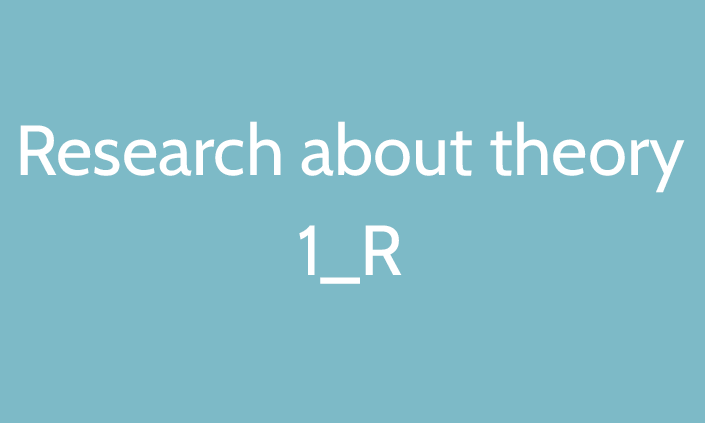Statistics is a mathematical science about the collection, analysis, interpretation or explanation, and presentation of data. It applies to a wide variety of academic disciplines, from the physical and social sciences to the humanities. Statistics are also used for making informed decisions. Statistical methods can be used to summarize or describe a collection of data. In addition, patterns in the data may be modelled in a way that accounts for randomness and uncertainty in the observations, and then used to draw inferences about the process or population being studied.
There is also a discipline called mathematical statistics, which is concerned with the theoretical basis of the subject.
Mathematical statistics is the application of probability theory, a branch of mathematics, to statistics, as opposed to techniques for collecting statistical data. Specific mathematical techniques which are used for this include mathematical analysis, linear algebra, stochastic analysis, differential equations, and measure theory.
Is statistics a science? Is it math?
Mark Twain wrote that there are three types of lies: “the lies, the damned lies, and the statistics.” Fake news seems immediately more credible with some numbers stuck on it. But statistics can do worse if used incorrectly: it can deceive us.
You have to know what you want to get out of your statistics before you can choose the right way to apply them. Take some common philosophy such as, if the data aren’t good enough, no amount of statistical manipulation will bring out the result. Statistics is the science of collecting, organising, presenting, analyzing and interpreting numerical data to assist in making a more effective decision. While on the other hand it is considered to be Arts which refers to the skill of handling facts to achieve a given objective. It is concerned with ways and means of presenting and handling data making inferences logically and drawing relevant conclusions.
It’s not true math in the sense that math is discovered and inherently right or wrong. Statistics have veracity but are subject to error and interpretation. Statistics is a tool. 99% of statistics are made up on the spot just to prove a point.
So, the answer is that sometimes a statistic is just a statistic nothing less and nothing more.
The scientific method
The scientific method is an empirical method of acquiring knowledge that has characterized the development of science. It involves careful observation, applying rigorous scepticism about what is observed, given that cognitive assumptions can distort how one interprets the observation. It involves formulating hypotheses, via induction, based on such observations; experimental and measurement-based testing of deductions drawn from the hypotheses; and refinement of the hypotheses based on the experimental findings. These are principles of the scientific method, as distinguished from a definitive series of steps applicable to all scientific enterprises.
The process in the scientific method involves making conjectures, deriving predictions from the hypotheses as logical consequences, and then carrying out experiments or empirical observations based on those predictions. A hypothesis is a conjecture, based on knowledge obtained while seeking answers to the question. The hypothesis might be very specific, or it might be broad. Scientists then test hypotheses by conducting experiments or studies.
The purpose of an experiment is to determine whether observations agree with or conflict with the expectations deduced from a hypothesis. Though the scientific method is often presented as a fixed sequence of steps, it represents rather a set of general principles. Not all steps take place in every scientific inquiry, and they are not always in the same order.
There are different ways of outlining the basic method used for scientific inquiry. Nonetheless, the cycle of formulating hypotheses, testing and analyzing the results, and formulating new hypotheses, will resemble the cycle described below.
- Characterizations (observations, definitions, and measurements of the subject of inquiry)
- Hypotheses (theoretical, hypothetical explanations of observations and measurements of the subject)
- Predictions (inductive and deductive reasoning from the hypothesis or theory)
- Experiments (tests of all of the above)
Each element of the scientific method is subject to peer review for possible mistakes. These activities do not describe all that scientists do but apply mostly to experimental sciences (e.g., physics, chemistry, biology, and psychology).
The scientific method is not a single recipe: it requires intelligence, imagination, and creativity. In this sense, it is not a mindless set of standards and procedures to follow but is rather an ongoing cycle, constantly developing more useful, accurate, and comprehensive models and methods.
An iterative, pragmatic scheme of the four points above is sometimes offered as a guideline for proceeding:
- Define a question
- Gather information and resources (observe)
- Form an explanatory hypothesis
- Test the hypothesis by performing an experiment and collecting data in a
- reproducible manner
- Analyze the data
- Interpret the data and draw conclusions that serve as a starting point for a new
- hypothesis
- Publish results
- Retest (frequently done by other scientists)
The iterative cycle inherent in this step-by-step method goes from point 3 to 6 back to 3 again.
References
Mathematical statistics – Wikipedia
Is statistics a science? – Quora
La scienza ha un problema con la statistica – Wired



Leave a Reply
Want to join the discussion?Feel free to contribute!